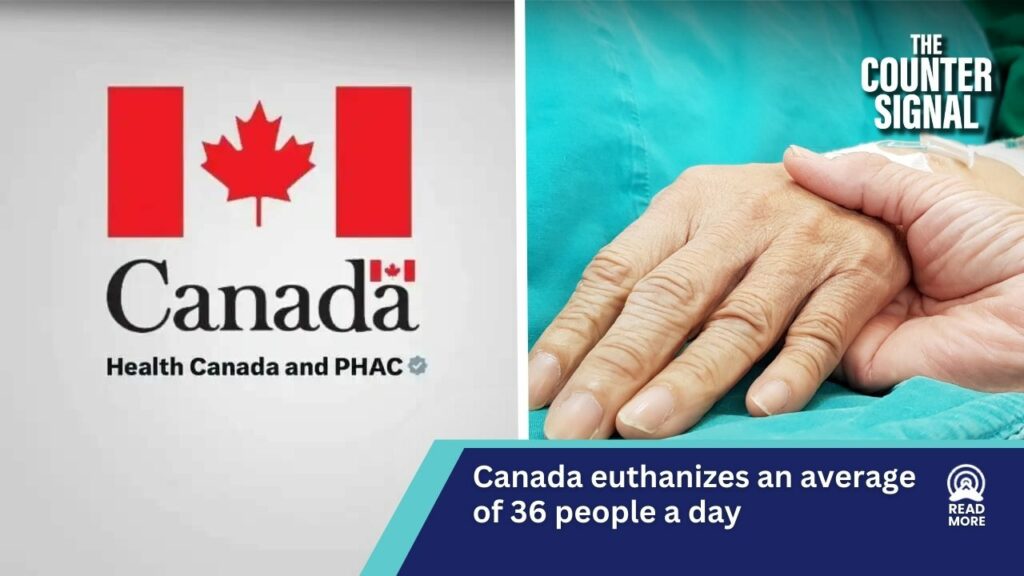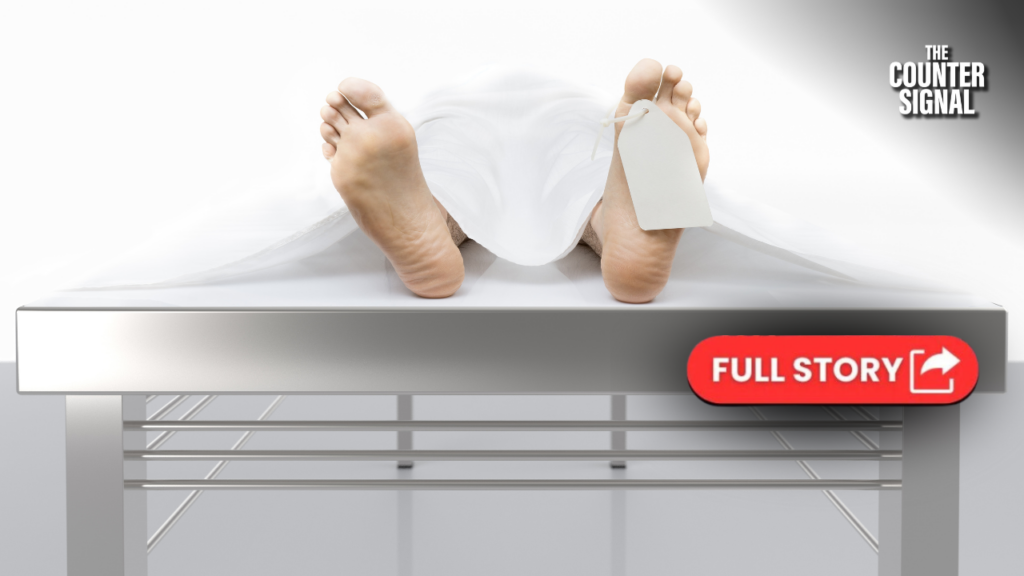According to Health Canada’s most recent report on government-assisted suicide, euthanasia now makes up 4.1% of deaths nationwide – a significant increase from the 2021 figure of 3.3%.

The fourth annual report on Medical Assistance in Dying (MAID) for 2022, released late last month, states that since 2016, euthanasia has claimed the lives of nearly 45,000 Canadians.
In 2016, the year MAID was legalized, 1,018 Canadians elected to die via government-assisted suicide. In 2022, that figure ballooned to an astonishing 13,241, which means an average of 36 people are euthanized each day in Canada.
This works out to an average yearly growth rate of 31.1% since 2019.
A majority of requests for government-assisted suicide are approved
Data shows that 81% of written requests for MAID were granted. However, of the remaining 19%, only 3.5% of applicants were deemed ineligible for MAID, a number which has been declining since 2019.
The majority of those denied government-assisted suicide whose natural death was “reasonably foreseeable” were refused due to a lack of patient capacity. This means that individuals within this category were solely refused because of the lack of beds available, and they would have been euthanized if space permitted.
According to the Association for Reformed Political Action, Quebec and British Columbia have the highest rates of euthanasia, at 6.6% and 5.5% of all deaths in those provinces, respectively. Newfoundland and Labrador and Manitoba have the lowest levels of euthanasia at 1.5% and 2.1% of all deaths, respectively.
Physical suffering or existential dread?
Health Canada states that in order to be eligible for MAID, an individual must experience “intolerable physical or psychological suffering that is caused by their medical condition or their state of decline and that cannot be relieved under conditions that the individual finds acceptable.”
According to a survey of MAID recipients, the primary source of their “intolerable suffering” is the “loss of ability to engage in meaningful life activities,” with 86% experiencing this. 82% said they lost the ability to perform activities of daily living (ADL).
As a note, those surveyed were able to select more than one option, making the total exceed 100%.
“This confirms that euthanasia is mainly [an] existential issue, not a pain-management or medical one,” said life advocate Amanda Achtman.
As in previous years, the top cited kind of suffering that leads a person to ask for euthanasia is "the loss of ability to engage in meaningful activities."
— Amanda Achtman (@AmandaAchtman) October 26, 2023
This confirms that euthanasia is mainly as existential issue, not a pain-management or medical one.
4/12 #cdnpoli
As of March 17, 2024, people with mental illness as their sole underlying medical condition will be eligible for MAID.
Last year, and carrying on into early 2023, it was reported that military veterans were offered government-assisted suicide by Veterans Affairs officials.
In one case, a veteran was told, “it’s better than blowing your brains out against the wall.”










